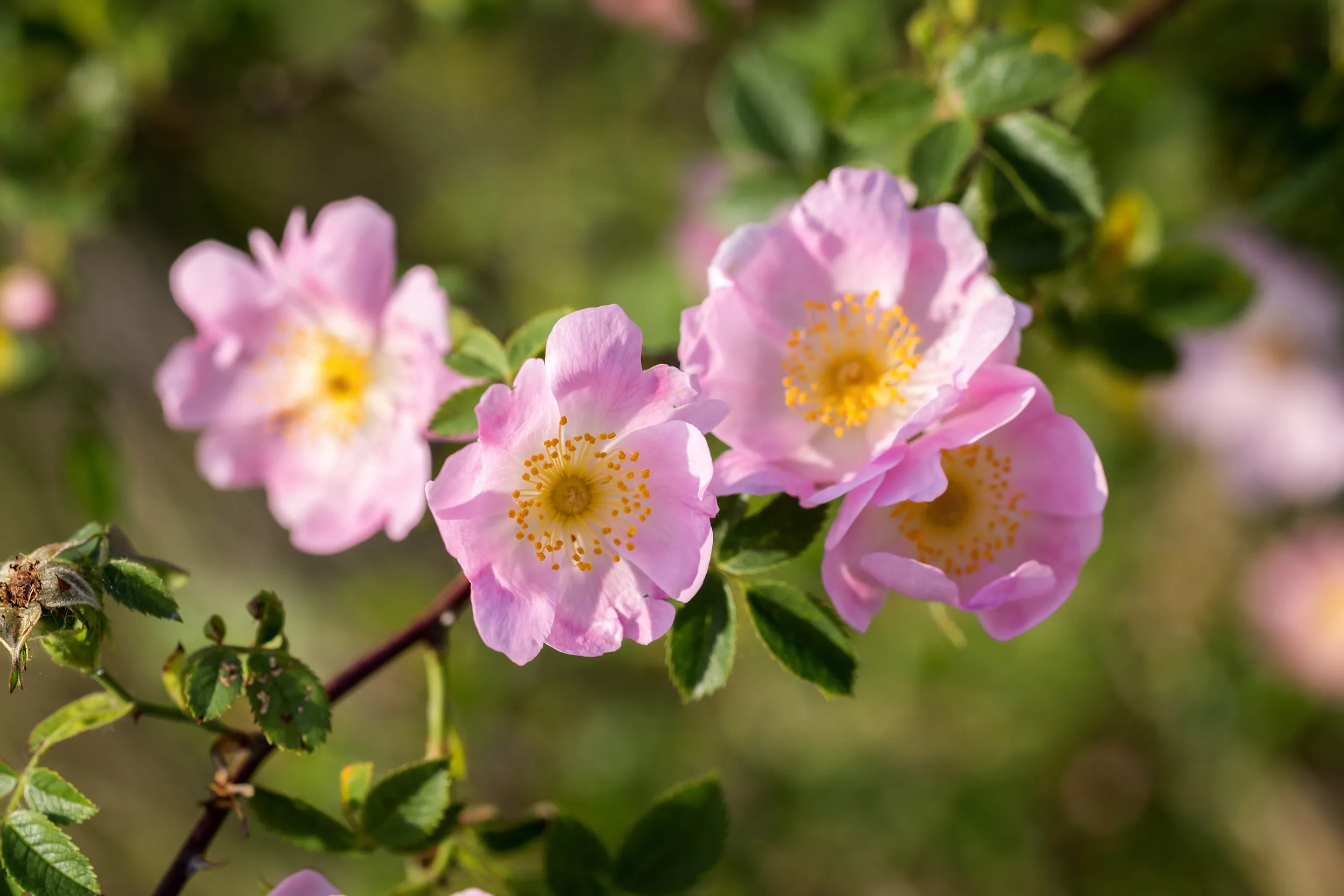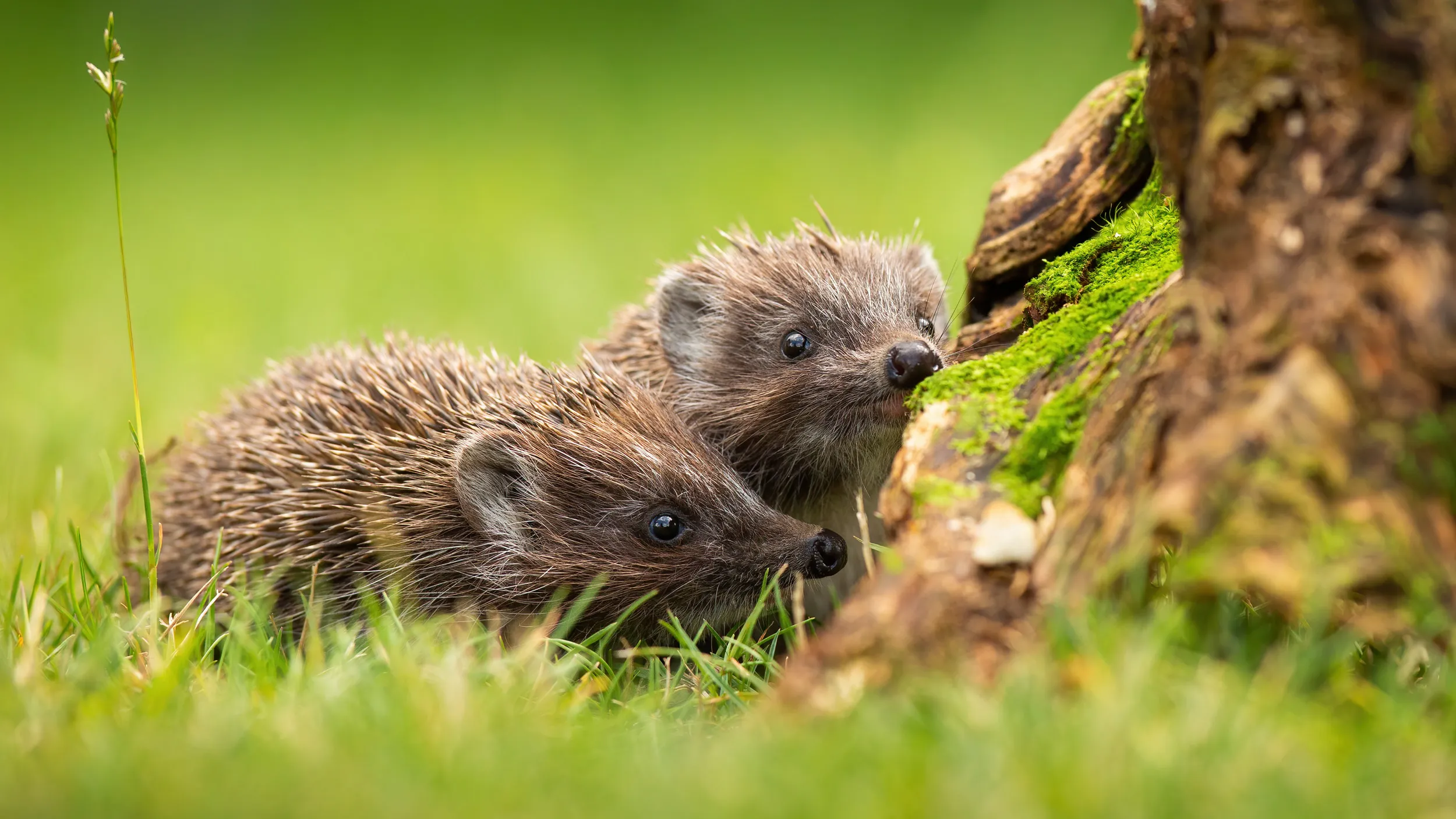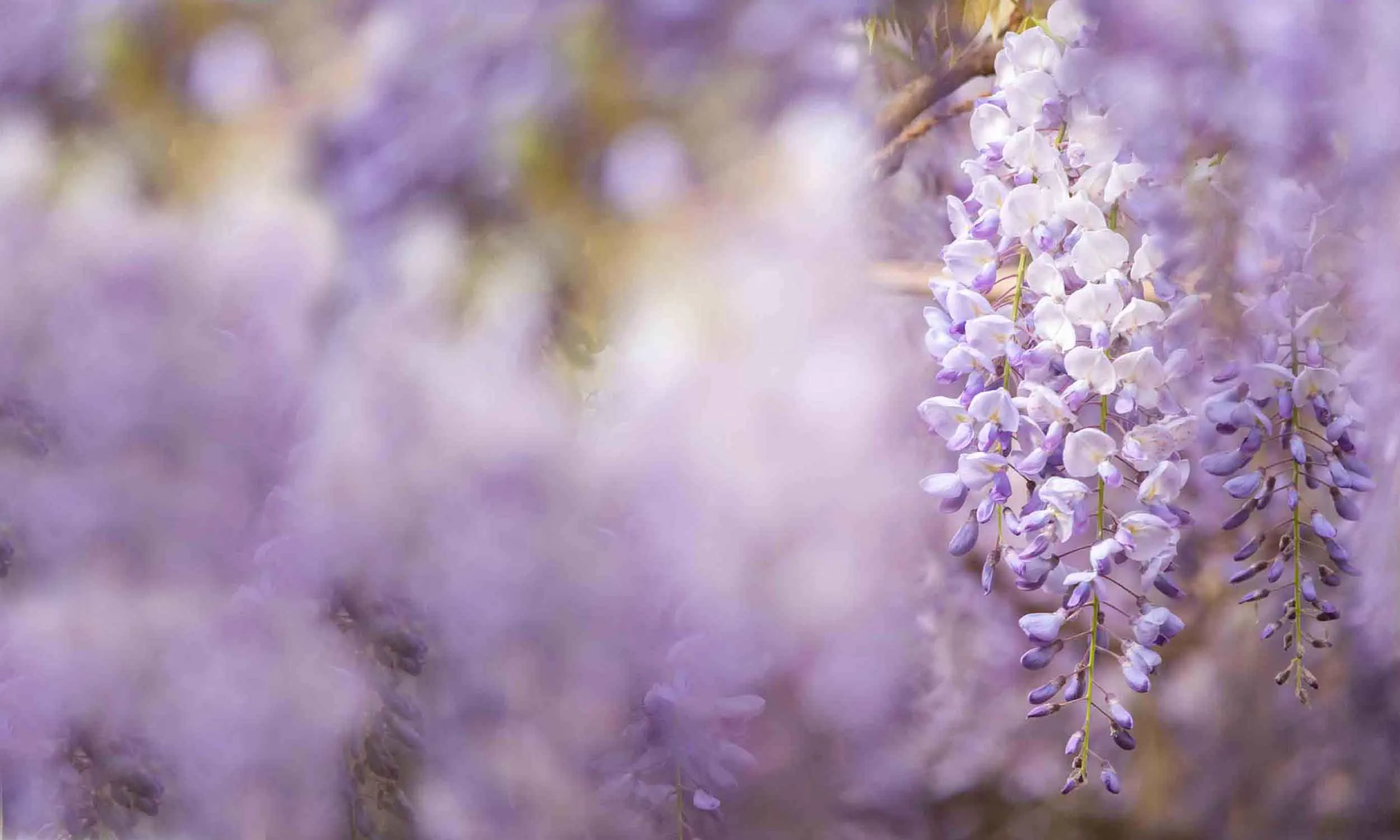Advice
Your guide to seeing Pink-footed Geese take flight at RSPB Snettisham
Find out where, when and how to see Norfolk’s mighty flocks of Pink-footed Geese
Help small garden creatures navigate their way around your garden and those nearby.

For this activity it pays to think like a Hedgehog! Or a frog. Or even a vole. If you were one of these creatures how easy would it be for you to get into the gardens and green spaces in your neighbourhood and make your way around them once inside? How could you make access easier?
RSPB wildlife gardening expert Adrian Thomas explains why creating corridors is great for wildlife and shares his tips on how to do it.
Local residents in Belfast have tackled the high pollution and crime rates in their alleyways by transforming them into urban wildflower gardens where wildlife is now thriving. Watch their inspiring story.

When it comes to creating wildlife corridors, there are lots of different options to choose from. Get together with your community to see which of the following actions would work best in your outdoor spaces.
Hedgehogs are one of the UK’s best-loved animals and it’s not hard to see why. As well as being super-cute, these prickly little slug-munchers do a fantastic job of keeping troublesome garden minibeasts in check, without the need for harmful chemicals.
Each night they can roam for a mile or more in search of food, a mate or somewhere safe to raise a family, but fences and walls can stop them in their tracks. You can help by joining forces with your neighbours to create hog-sized holes for them to squeeze through. For details on how to do this check out the Hedgehog Street resources from our friends at The British Hedgehog Preservation Society and People's Trust for Endangered Species.

Most walls and fences aren’t pretty, but it’s easy to give them a makeover and help wildlife in the process. Grow climbers, such as ivy or honeysuckle, against trellis and they will provide food and shelter for birds and insects, as well as a route from one space to the next. Because they take up next to no room, they’re the perfect choice if space is tight in your community area.

Hedges can be a real paradise for wildlife, full of fruit, shelter and nesting sites. Plus, they allow creatures to travel safely from place to place. We’ve got lots of advice on what to consider when planting a hedge, as well as tips on how to keep it in great condition.